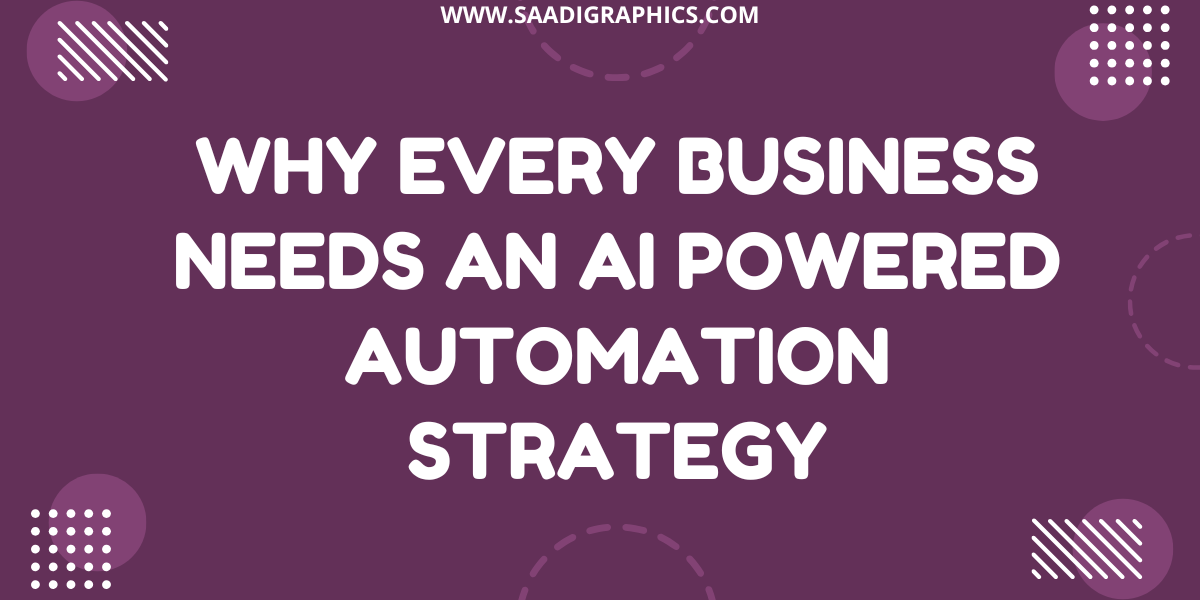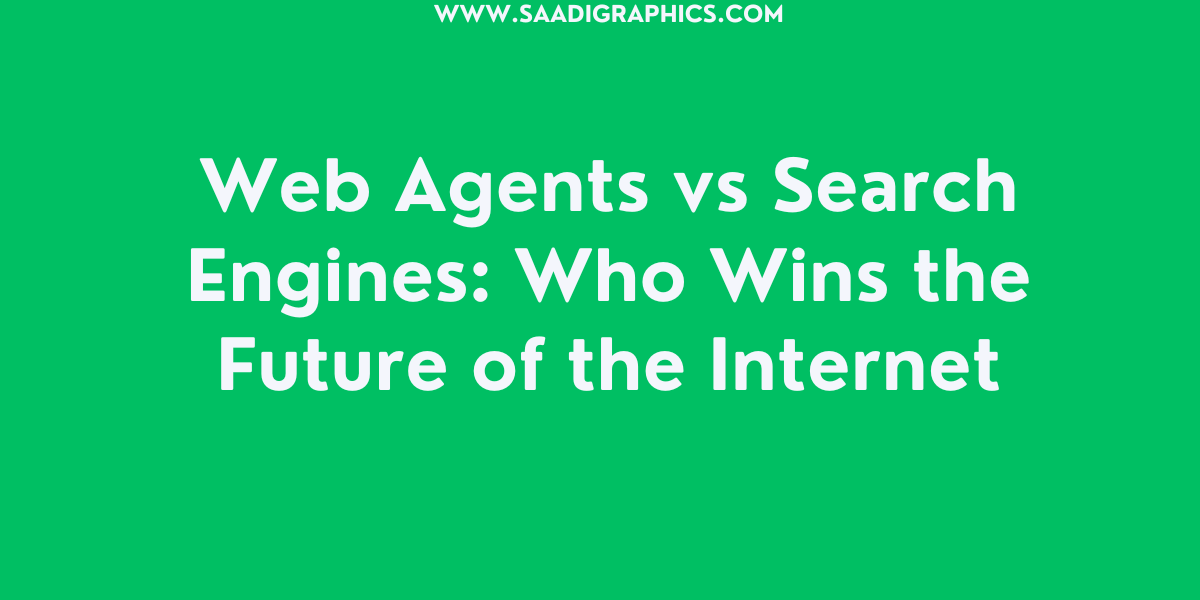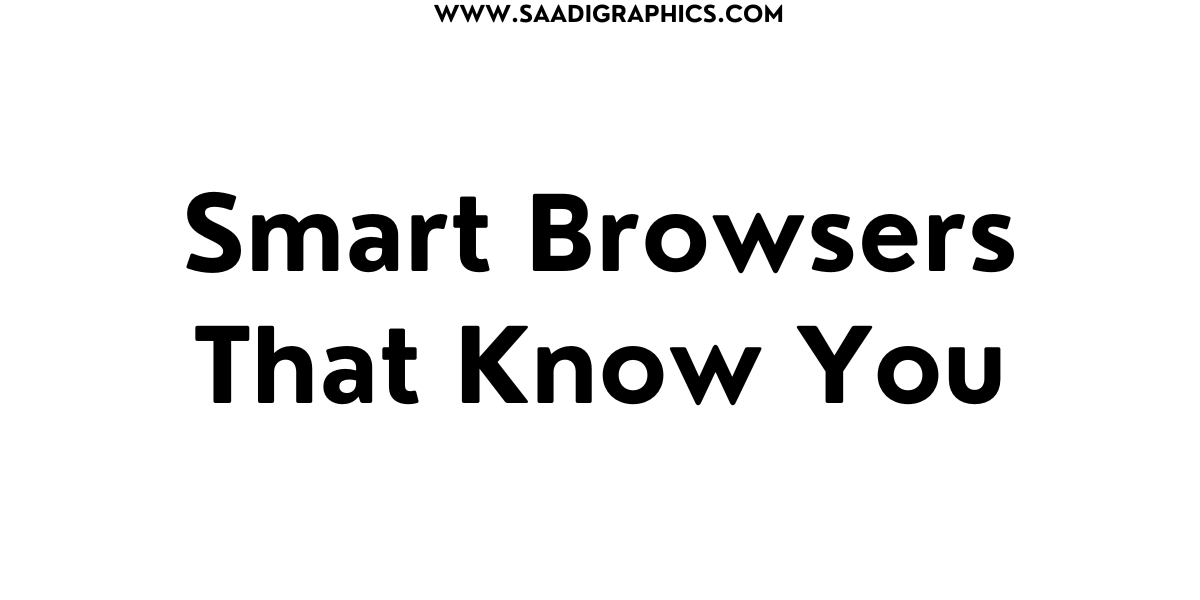Apple Company : The Company That Keeps Reinventing Life
Apple Company, When you think of “Apple,” you probably think of sleek iPhones, MacBooks, or those distinctive silver Apple logos. But what makes Apple truly remarkable isn’t just its products. It’s the way the company quietly reshapes the digital world, one thoughtful innovation at a time.
1. Humble Beginnings, Bold Vision
Apple began in a sunny Silicon Valley garage on April 1, 1976—when Steve Jobs, Steve Wozniak, and Ronald Wayne decided personal computing could be more than a hobbyist project. The Apple I was a rudimentary circuit board, but to them, it was a spark. A spark that ignited a revolution.
Their next device, the Apple II, brought color graphics and a built-in keyboard into homes and classrooms. It wasn’t just a machine—it pointed toward a future where computers were personal and everyday. When Jobs returned to Apple in 1997, things took another dramatic turn. The iMac followed, sporting translucent colors and USB ports—simple but bold, signaling a new direction for the company.
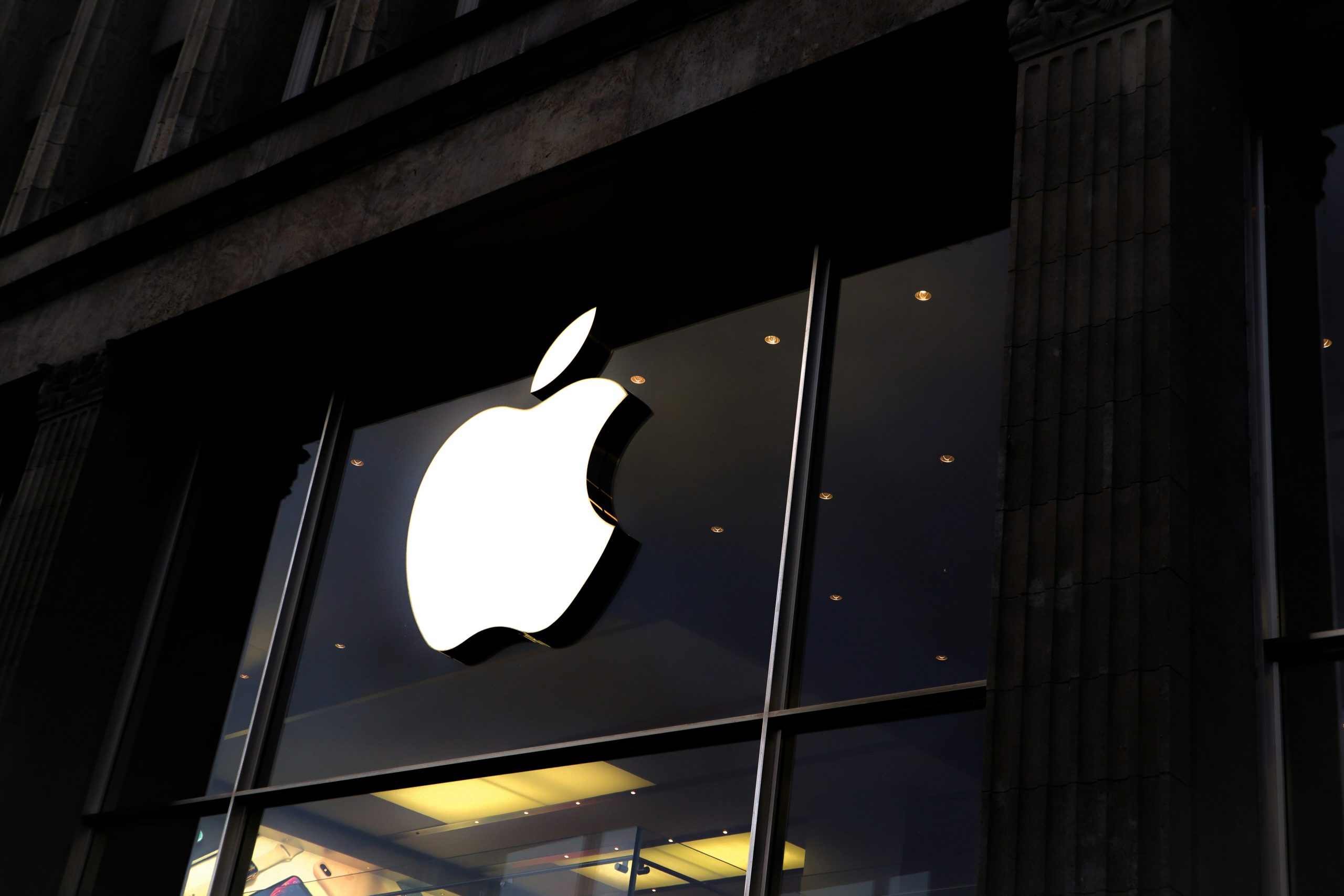
2. Putting the “Mac” in Macintosh
Apple’s Macintosh line, launched in 1984, was revolutionary. It introduced graphical interfaces and mouse control, aiming to make computing accessible without typing commands. Think of it as the first time computers felt friendly. Yes, it struggled in the early years, but by the late ’90s, Jobs’ return steered the company back on course with elegant design and imaginative marketing.
Today’s MacBooks reflect that heritage. They’re crafted from aluminum, open effortlessly, and work seamlessly with other Apple devices. Whether you’re writing, coding, designing, or simply browsing—MacBooks aim to help you focus, not fight technology.
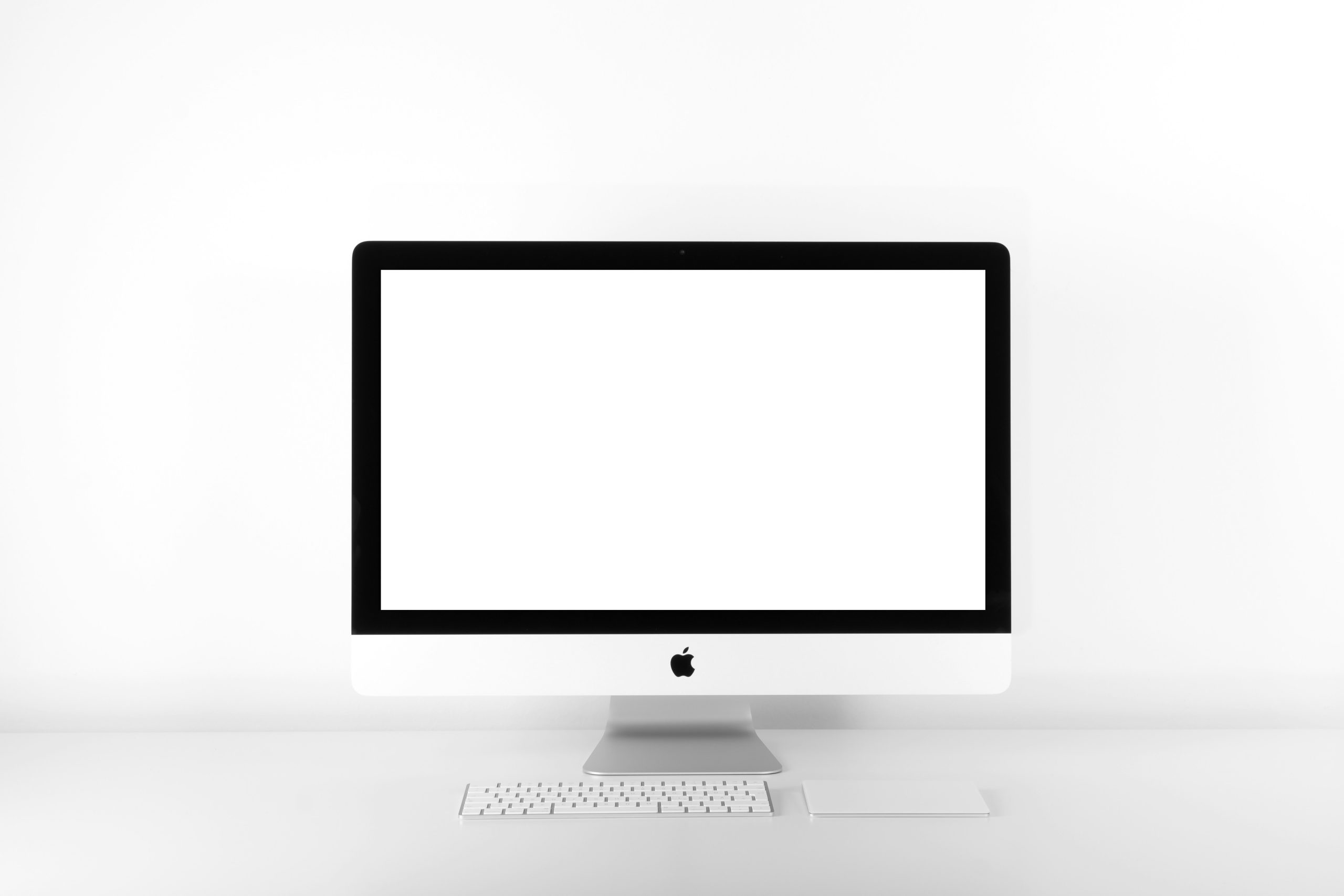
3. The iPod—and Music Transformed
In 2001, Apple introduced the iPod: a pocket-sized music player that could hold a thousand songs. More than hardware, though, it created an ecosystem around iTunes—a platform for purchasing, organizing, and listening to music. The black click wheel. The crisp white earbuds. A combination that made Apple synonymous with music. Suddenly, Apple wasn’t just a computer company—it was a cultural force.
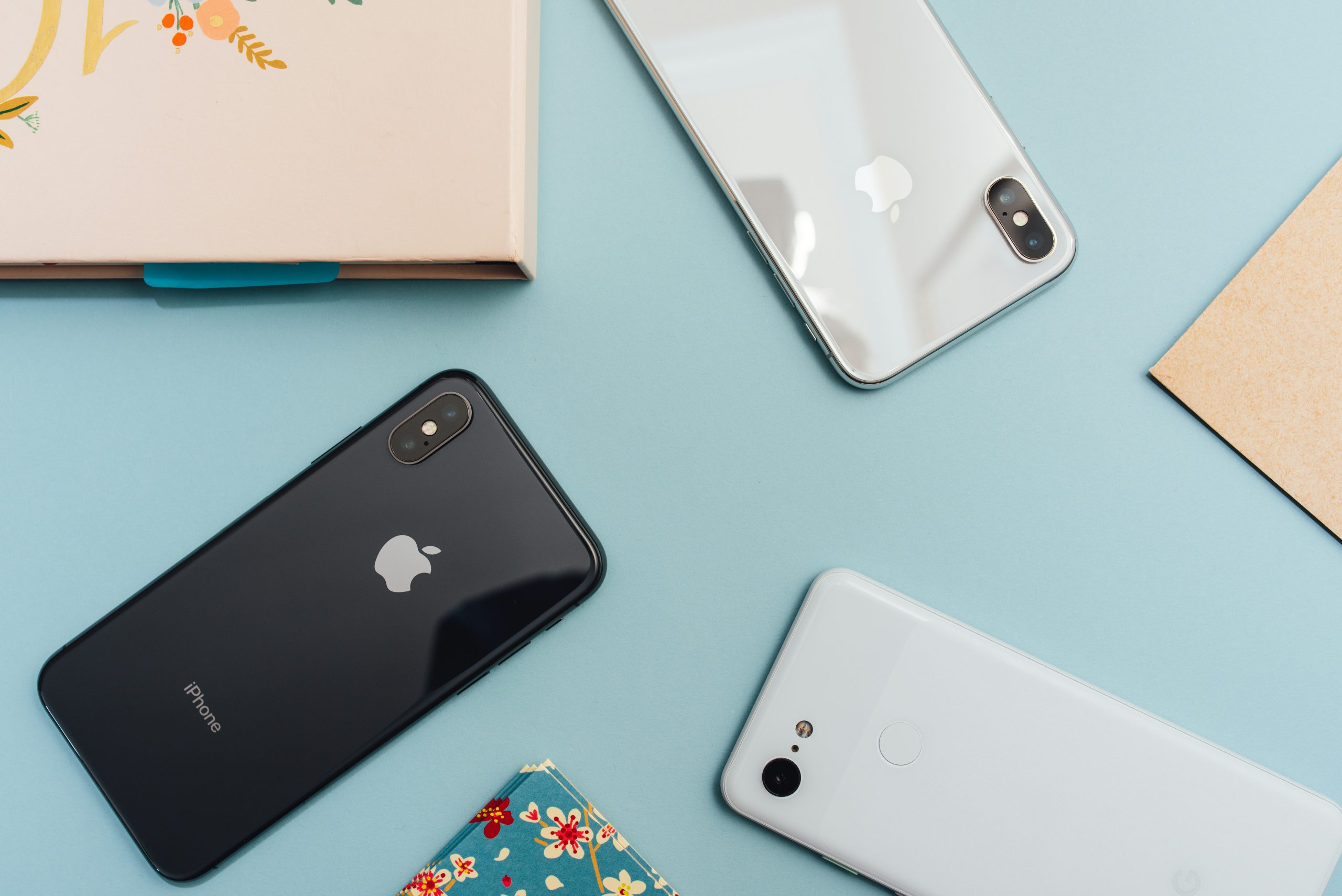
4. The iPhone Era: A Phone That Changed Everything
On January 9, 2007, Steve Jobs introduced the iPhone with a simple line: “An iPod, a phone, an Internet communicator.” At the time, it sounded audacious. But that triple threat changed mobile forever.
Through years and generations—introducing touchscreens, App Stores, mobile photography, and sleek hardware—the iPhone has grown into Apple’s crown jewel. It’s not just a phone; it’s a lifeline. A camera. A personal assistant. A wallet. And still, every time a new model drops, millions queue overnight. Because it’s not just technology—it’s part of our lives.
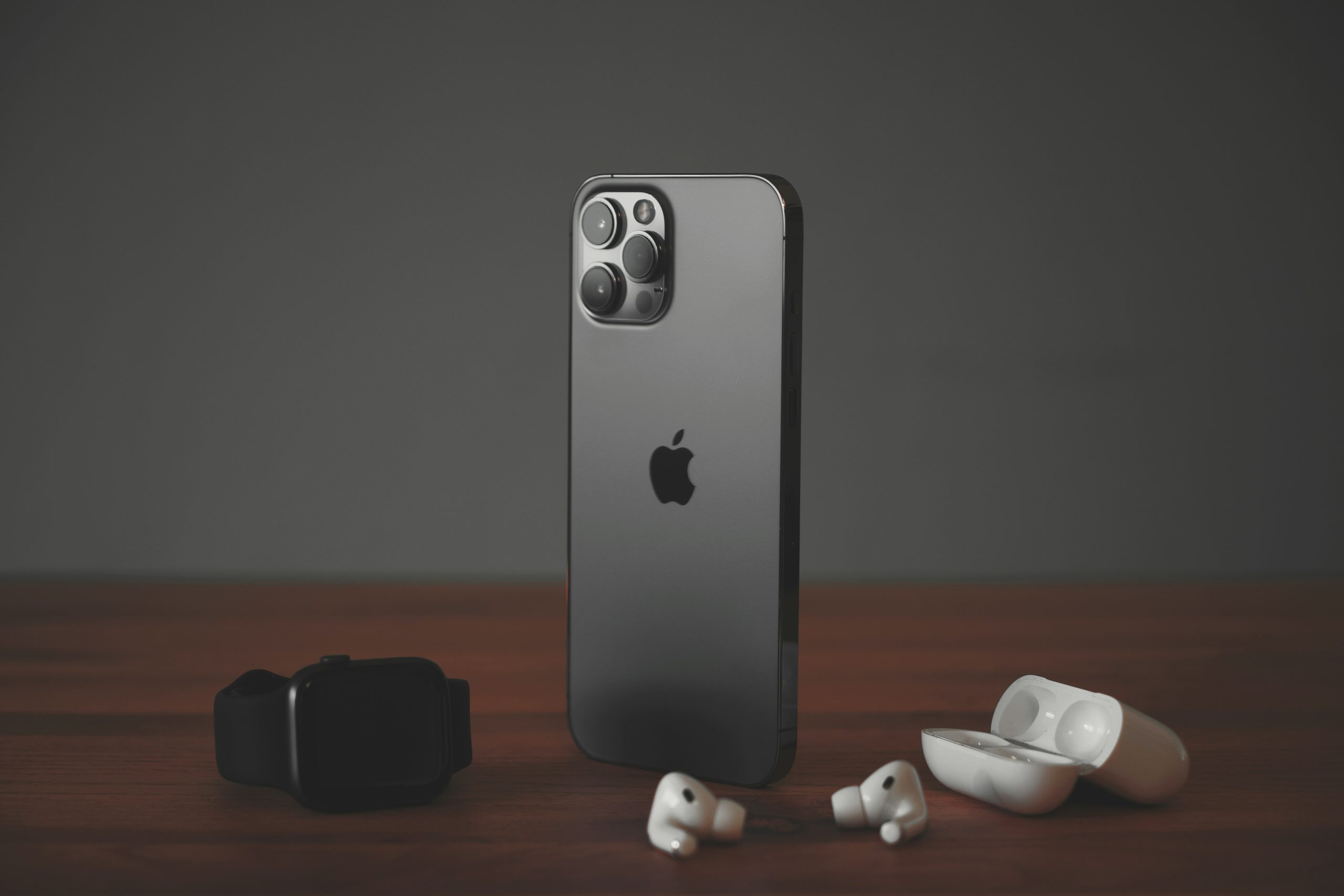
5. Expanding Beyond Just the Phone
Apple didn’t stop at the iPhone. It branched into areas that feel different yet familiar:
iPad (2010): A 10‑inch powerhouse that offered something Apple calls “introduction to creativity.” It launched endless digital notebooks, sketchpads, and reading tools.
Apple Watch (2015): It may have started as a notification reminder, but now it’s a medical-grade device—heart rate, ECG, fall detection, even helped save lives.
AirPods (2016): Their simple white form factor became an icon—open the case, pop them in, and instant music or call. Pairing across devices is still almost magical.
Apple TV+ (2019): Not a massive library yet, but curated originals like Ted Lasso and Severance show Apple cares more about quality than quantity.
Apple Silicon (2020–present): The switch to M-series chips was bold. Faster, quieter, and more efficient Macs arrived—and suddenly, Intel felt ancient.
Vision Pro (2024): A foray into mixed reality. It shows Apple’s cautious side—waiting for the moment to make things feel natural, not gimmicky.
Each product feels like a thoughtful next step, not a rushed add-on.
6. The Ecosystem That Feels Like Magic
The real genius of Apple lies in how these products talk to each other. It’s not just devices—it’s a breathlessly efficient system:
Start writing an email on your iPhone, finish it on your Mac or iPad.
Pick up calls with your Apple Watch and continue them on your Mac.
AirDrop a photo wirelessly in seconds.
Log in across apps using your face or fingerprint.
And don’t forget the behind-the-scenes glue—iCloud, Music, Fitness+, Arcade, Apple TV+. Subscriptions that aren’t about locking users in, but adding value. It’s the kind of synergy that feels like cheating—but they manage to make it seamless.
7. A Business Strategy Built on Layers
Apple’s financial model is layered and smart:
1. Hardware sells big—iPhones, Macs, iPads.
2. Services—Music, TV+, iCloud, Arcade—bring stable monthly revenue.
That strategy pays off. Apple consistently reports over $300 billion in annual revenue, fat profit margins, and enough cash to buy small countries. They share profits with investors through dividends and stock buybacks. But more impressive is their mindset: no rush. They wait until something is polished, then drop it—like the M-series chips or the Vision Pro headset.
8. Privacy by Design
One place Apple steps out from rivals is privacy. Unlike some companies that build user profiles to sell ads, Apple places user data under lock and key:
Data is encrypted by default.
Most data is processed on-device—not sent to the cloud.
Integrated features like App Tracking Transparency give you power over your data.
Their marketing slogan—“What happens on your iPhone stays on your iPhone”—isn’t just empty words. It feels essential in today’s data-saturated world.
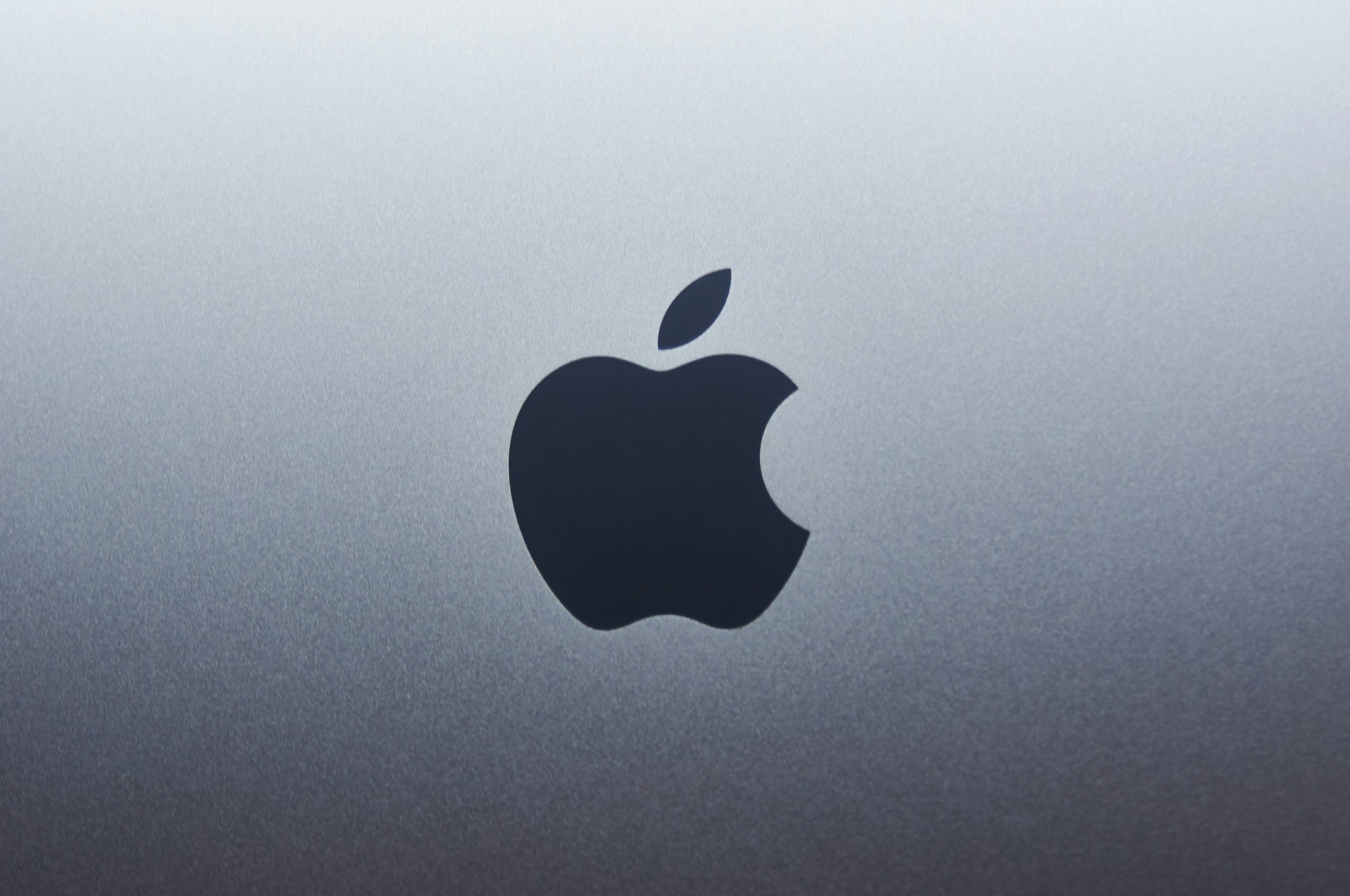
9. Design That Speaks Every Time
Apple pride themselves on design—but it’s far from skin deep:
Devices are artful: minimal, premium, tactile.
Software moves like water—animations and gestures feel purposeful.
The Apple Store experience mirrors that simplicity: wide open spaces, hands-on demos, a sense of calm.
That trustworthy vibe builds a silent bond. People expect smoothness, reliability, and a sense of belonging when they use an Apple product—and more often than not, they get it.
10. Facing Challenges—and the Road Ahead
Apple isn’t without issues:
App Store developers disagree about fees and gatekeeping.
Regulators in the U.S. and EU are scrutinizing antitrust issues.
Environmental impact and supply chain ethics still draw criticism.
But Apple responds. They’ve softened App Store terms, pledged carbon neutrality by 2030, opened some systems to developers, and engaged with global regulators.
Looking forward, questions loom:
How far can wearables go?
Will Vision Pro reach mass adoption or remain niche?
Can Apple grow in areas like financial tech or health?
And—most interestingly—what’s next? Augmented reality glasses? AI-powered personal assistants? Whatever they’re working on, expect Apple’s hallmark: deep thought, careful design, and flawless integration.
In Closing
Apple is not just a tech brand. It’s a cultural touchstone. From the Macintosh’s debut in 1984 to today’s ecosystem of phones, watches, computers, and beyond, Apple has quietly shaped modern life.
They don’t chase trends—they define them. And they do it one thoughtful, meticulously crafted product at a time. They build not just for today, but for decades. That’s why Apple doesn’t just sell products—they inspire trust, ownership, and, quietly, admiration.
Whether they’re launching a new chip or stepping into mixed reality, Apple keeps showing that the future they build is worth waiting for—because when it finally arrives, it just…works.

